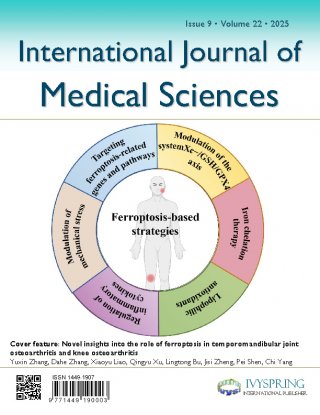Key Points
Question Does incorporating chest computed tomographic imaging abnormalities and respiratory symptoms into the chronic obstructive pulmonary disease (COPD) diagnostic schema improve identification of individuals with poor respiratory outcomes?
Findings Among 9416 participants enrolled in a multicenter cohort study, those with newly diagnosed COPD had greater all-cause and respiratory-specific mortality, more frequent exacerbations, and faster decline of forced expiratory volume in the first second of expiration compared with individuals classified as not having COPD based on the new classification schema.












